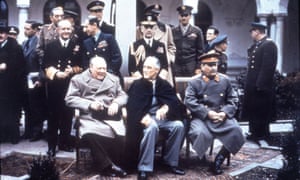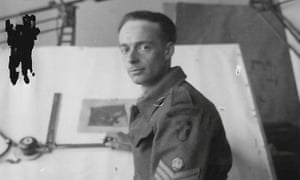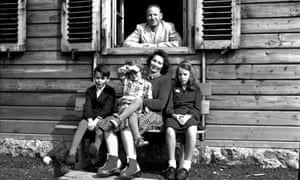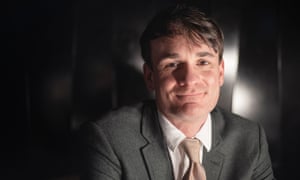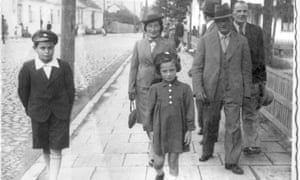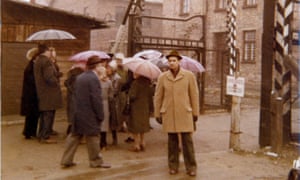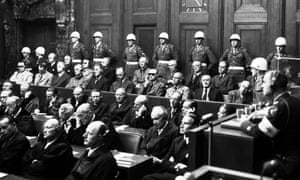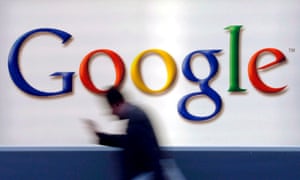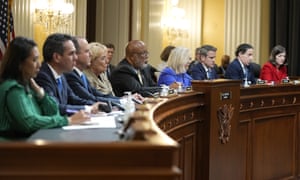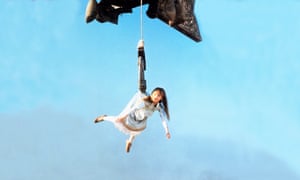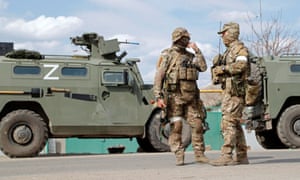The gripping and heroic story of Rudolf Vrba, who escaped the death camp in order to tell the world about its horrors.
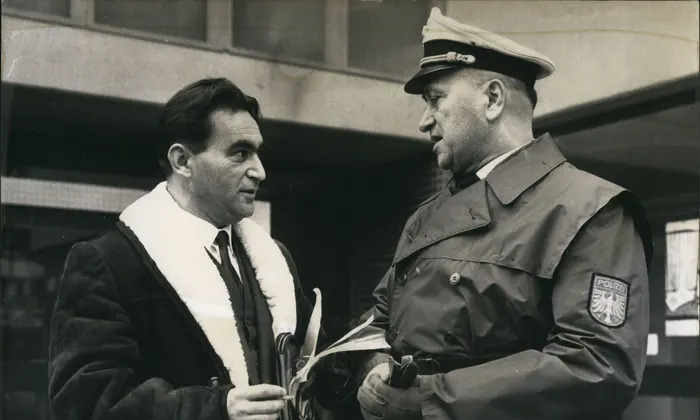 Rudolf Vrba preparing to testify at the Frankfurt trials, December 1964. Photograph: Keystone Press/Alamy –
Rudolf Vrba preparing to testify at the Frankfurt trials, December 1964. Photograph: Keystone Press/Alamy –Matthew Reisz
–
It was around September 1942, the month when he turned 18, that Rudolf Vrba came to a momentous decision. He had been imprisoned in Auschwitz since June and was working on the ramp where most new arrivals were sent directly to their deaths. SS men would sometimes reassure them or even joke with them right up to the doors of the gas chambers.
What Vrba realised, writes Jonathan Freedland, is that streamlined mass murder depended on “one cardinal principle: that the people who came to Auschwitz did not know where they were going or for what purpose”, since “it’s much easier to slaughter lambs than it is to hunt deer”. It would be his mission to “escape and sound the alarm”.
It took until 10 April 1944, but eventually Vrba and fellow prisoner Alfred Wetzler “achieved what no Jew had ever done before: they had broken out of Auschwitz”. They had lain immobile for three days amid a pile of planks in a lumber yard, after scattering cheap Russian tobacco soaked in petrol all around to put off the tracker dogs. They relied on strict Nazi routine: in cases of escape, the camp was put on full alert for precisely 72 hours before security in the outer areas was relaxed, on the assumption that the prisoners must have got away.
While preparing to break out, Freedland tells us, Vrba, a highly numerate man who later became an organic chemist, systematically “collect[ed] the data of industrialized murder”. He remembered the origins and approximate numbers of every transport that arrived at Auschwitz. (Decades later, he would notice a waiter in a New York restaurant with a number tattooed on his arm and instantly tells him he must be a Jew from Będzin in Poland who had been sent to Auschwitz in the summer of 1943.) Furthermore, he had been forced to work in a variety of roles and so had acquired what Freedland calls an “unusually comprehensive expertise in Auschwitz”: how it functioned as “an economic hub” as well as a death factory, the black markets, the resistance groups, even the deals between greedy SS officers and the prisoners who agreed to pilfer for them in “Kanada”, the store that held the personal effects of the murdered Jews.
All this meant that the Vrba-Wetzler report, completed at the end of April 1944, provided a far more detailed picture of the Holocaust than the rumors and more fragmentary accounts that had emerged before. Even after escaping from the camp, the two men had many dangerous encounters and strokes of luck as they threaded their way back to their native Slovakia, relying only on a brief glimpse of a children’s atlas Vrba had come across in “Kanada”. There was a warrant out for their arrest and they were surrounded by often hostile Polish peasants, but they had finally managed to get their story out to the world.
It soon made an impact. When the first newspaper story about the report was published in a Swiss newspaper in June 1944, it led to 383 articles in the Swiss press alone, more than had been “published [in the UK] about the Final Solution throughout the entire course of the war”. World leaders could no longer ignore the Holocaust.
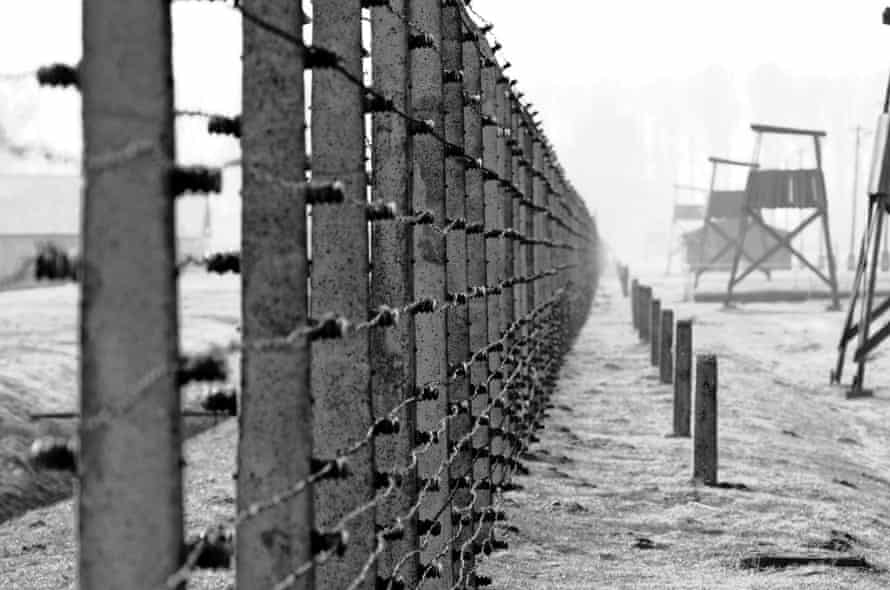
–
Even while still in Auschwitz, Vrba had heard rumors that the camp was being expanded to cope with the arrival of about a million Hungarian Jews, the last surviving major European community. The report seems to have been an important factor in spurring the pope, Roosevelt and even his daughter-in-law to put pressure on Admiral Horthy, the regent of Hungary, to stop the deportations. The American president also made it clear that Horthy would be made responsible for his actions in the (by then likely) event of an allied victory. He therefore decided to defy the Germans – and so saved the lives of 200,000 Budapest Jews.
Freedland also has much to say about the afterlife of the Vrba-Wetzler report. There have been fierce debates, in Israel and elsewhere, about how far Jewish wartime leaders, and particularly Rezső Kasztner in Hungary, helped facilitate the Nazi extermination program by encouraging compliance rather than revolt. Others have asked trenchant questions about why the allies refused to bomb the camps or the railway lines leading to them. Vrba never shied away from such controversies and sometimes alienated Jewish audiences, according to Freedland, by refusing to “serve up a morally comfortable narrative in which the only villains were the Nazis”.
It was around 2016, “in the age of post-truth and fake news”, that Freedland began reflecting on the man who had risked everything so that the world should know the truth. Both Vrba’s wives were still alive and willing to be interviewed about his rich but somewhat tormented postwar life in Czechoslovakia, England and Canada. Much of this is interesting, but at the heart of The Escape Artist is an utterly gripping narrative, incorporating a restrained though harrowing picture of life in Auschwitz and a kind of heroic adventure story.
- The Escape Artist: The Man Who Broke Out of Auschwitz to Tell the World by Jonathan Freedland is published by John Murray (£20). To support the Guardian and Observer order your copy at guardianbookshop.com. Delivery charges may apply
–
Topics
Related stories
